Disclosure: This article contains affiliate links. We may earn a commission from purchases at no extra cost to you, which helps our travel content.
The first time I wandered through Bruges' cobblestone streets, I realized I was experiencing something photographers dream about—a perfectly preserved medieval city where every canal turn and market square feels like stepping into a living painting. As the autumn leaves began their golden transformation, I found myself extending my weekend trip into a full week, completely captivated by how the changing light played across the centuries-old architecture. Maravilhoso, as we'd say back home in Brazil. Having photographed cities across three continents, I can confidently say that Bruges in fall offers a uniquely photogenic experience that rewards both technical precision and artistic spontaneity. This guide shares my favorite locations, techniques, and moments for capturing the soul of this Flemish jewel—beyond the tourist postcard shots and into something that tells a deeper story.
The Golden Hour Along Bruges' Canals
There's something magical about the way morning light filters through the mist rising from Bruges' network of canals—reien, as locals call them. As an engineer by training, I appreciate the technical challenge of capturing both the water's reflective surface and the intricate details of the medieval buildings that line these waterways.
The Rozenhoedkaai (Quay of the Rosary) offers the quintessential Bruges canal shot, but arrive before 8 AM to avoid crowds and catch that perfect golden light. I found myself returning here three mornings in a row, each time discovering new details as the light shifted minutely day by day.
For a less frequented but equally stunning perspective, head to Groenerei (Green Canal) where the foliage drapes dramatically over the water. During fall, the amber and russet leaves create a natural frame for the step-gabled houses reflected in the canal. My carbon fiber tripod proved invaluable here—the lightweight design made navigating the narrow pathways easy, while providing the stability needed for those long-exposure water shots.
Don't miss the Sint-Annarei canal in the northeastern part of the city. Here, the buildings have a more residential character, and the absence of tour boats means glassier water surfaces for perfect reflections. I found myself sitting for almost an hour on a small bridge, watching how the light transformed a simple row of houses into a composition worthy of a Flemish master.

💡 Pro Tips
- Visit canals 30 minutes before official sunrise for the best light and fewest tourists
- Use a polarizing filter to control reflections on the water's surface
- Include bicycles or swans in your composition for a sense of scale and local character
Architectural Treasures: Beyond the Belfry
While the 83-meter Belfry tower dominates Bruges' skyline and tourist photographs, my engineering eye was drawn to the less obvious architectural details throughout the city. The Burg Square, just a short walk from the more famous Markt, offers a masterclass in architectural evolution, with buildings representing Gothic, Renaissance, and Baroque styles all in one compact space.
The City Hall's Gothic façade presents a fascinating technical challenge—how to capture the intricate details of its 48 niches (once containing statues of biblical figures) while maintaining proper exposure across the ornate gold detailing. I found that shooting in the late afternoon provided the most flattering side-lighting to accentuate these details.
For interior architecture, the Basilica of the Holy Blood contains an unexpected juxtaposition of styles—a somber Romanesque lower chapel and a vibrant neo-Gothic upper chapel. The light here is challenging, so I relied heavily on my fast prime lens which handles low-light conditions beautifully without requiring a flash that would disturb the sacred atmosphere.
One of my unexpected discoveries was the Jeruzalemkerk, a private family chapel modeled after Jerusalem's Church of the Holy Sepulchre. Its unusual architecture and relative obscurity meant I had the place almost entirely to myself—a photographer's dream in tourist-heavy Bruges. The stark contrast between light and shadow in this space creates dramatic compositions that feel almost cinematic.
Dica importante: Many of these architectural sites have specific photography policies. The Bruges City Card (€47 for 48 hours) not only covers entry fees but often includes photography permissions that aren't available with standard tickets.
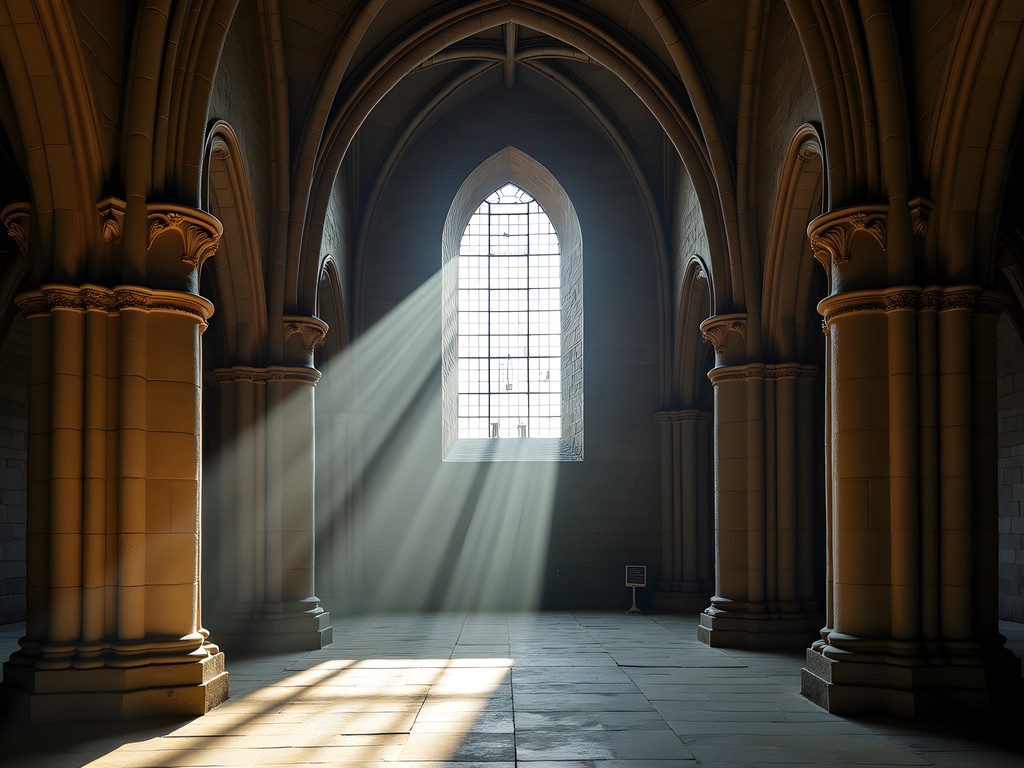
💡 Pro Tips
- Use architectural details as natural frames for your compositions
- Visit religious sites during service times for atmospheric lighting from candles (but be respectful of worshippers)
- Look for juxtapositions of old and new throughout the city
Seasonal Magic: Autumn's Color Palette
Fall in Bruges transforms the city into a photographer's color theory playground. The medieval brick and stone buildings provide a perfect neutral backdrop for autumn's vibrant display, creating a natural color harmony that would make any art director envious.
Minnewaterpark (Lake of Love) becomes a canvas of golden yellows and deep reds by mid-October, with the historic Minnewater Bridge offering a perfect vantage point. I spent an entire afternoon here, watching how the changing light altered the colors reflected in the still water. The park's swans—symbols of Bruges—add that perfect organic element to compositions that might otherwise feel static.
Begijnhof (Beguinage), with its central courtyard filled with towering poplar trees, offers another seasonal spectacle. In autumn, the ground becomes carpeted with yellow leaves while the whitewashed facades of the surrounding buildings create a stark, minimalist contrast. Arriving around 4 PM provides the best light as the sun dips just enough to cast long shadows across the courtyard.
For those willing to venture slightly outside the historic center, the Koning Albert I park delivers expansive autumn vistas with the city's medieval towers providing a fairytale backdrop. I found myself repeatedly reaching for my variable ND filter here—slowing my shutter speed just enough to capture the gentle movement of falling leaves while maintaining the crispness of the architectural elements.
What surprised me most was how the autumn light transformed even mundane scenes. A simple row of bicycles parked against a canal-side wall became a study in complementary colors when captured in the golden late afternoon sun—the rusted oranges and reds playing against the deep blue-green canal water.
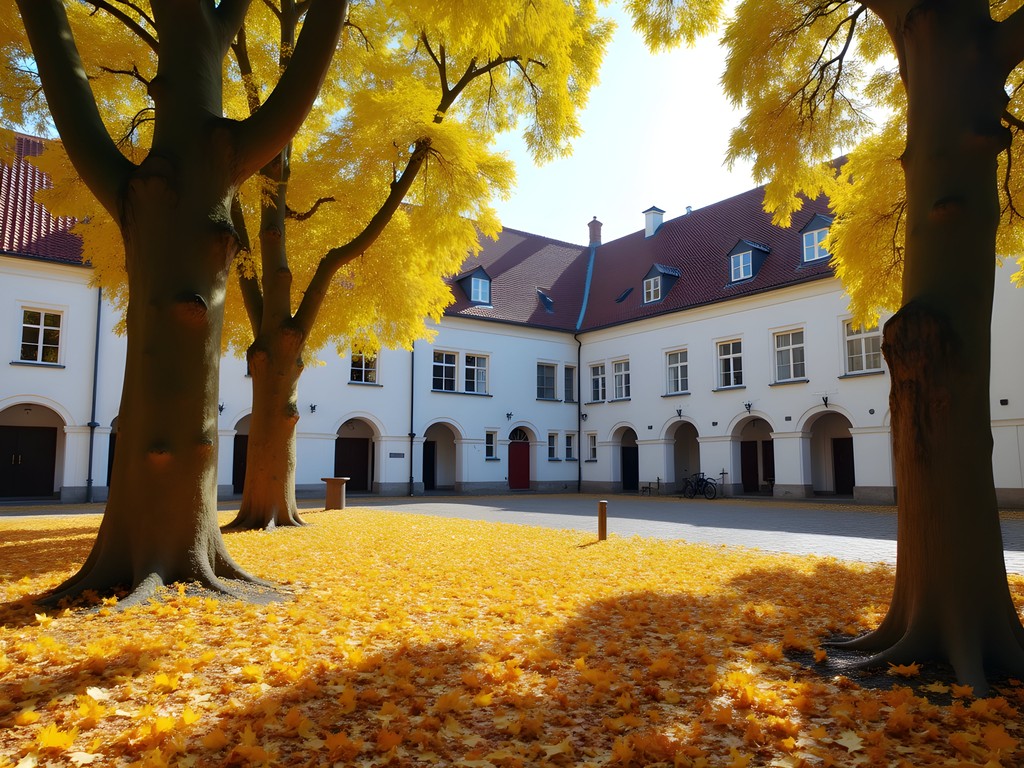
💡 Pro Tips
- Visit the same location at different times of day to capture how fall light transforms colors
- Include people with colorful umbrellas for scale and visual interest on rainy autumn days
- Use a circular polarizer to enhance the saturation of fall foliage against historic buildings
Night Photography: Medieval Bruges After Dark
When the day-trippers depart and evening descends, Bruges reveals yet another photographic personality. The medieval city's thoughtful lighting design highlights architectural features that go unnoticed during daylight hours, creating dramatic scenes straight from a Flemish painting.
The Markt square transforms completely after sunset. The provincial court and colorful guild houses are illuminated in a way that emphasizes their intricate facades without appearing artificially bright—a masterclass in architectural lighting. I found the best shots came from using the compact travel tripod which allowed me to set up quickly in crowded areas while maintaining stability for those crucial long exposures.
Bruges' canals offer perhaps the most magical night photography opportunities. The still water creates perfect mirror reflections of the illuminated buildings, doubling their visual impact. The Dijver Canal near the Groeningemuseum was my favorite evening spot—fewer tourists and some of the most beautifully lit medieval buildings reflecting in the water.
Uma dica especial: During fall, night fog sometimes rolls in from the North Sea, creating an otherworldly atmosphere as the street lamps diffuse through the mist. Keep your camera ready around 9-10 PM when this is most likely to occur.
Don't miss the view from Rozenhoedkaai at night—the illuminated Belfry tower reflected in the canal creates Bruges' most iconic nighttime image. However, rather than the standard shot, I experimented with long exposures capturing the light trails of passing boats, adding dynamic movement to what would otherwise be a static scene.
Technically speaking, Bruges' lighting presents unique challenges. The mix of traditional yellow-orange street lamps and newer architectural lighting creates complex white balance situations. I found shooting in RAW and making selective adjustments in post-production was essential to maintain the authentic atmosphere while balancing the different light sources.
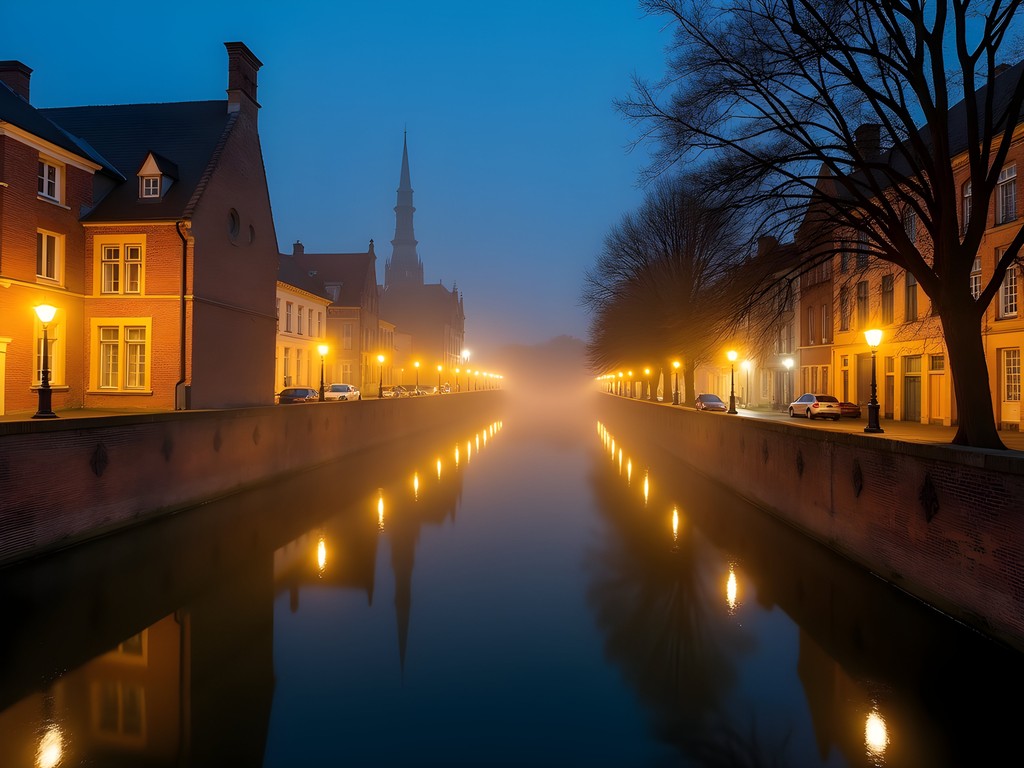
💡 Pro Tips
- Bring a remote shutter release to minimize camera shake during long exposures
- Look for puddles after rain for creative reflection opportunities
- Embrace higher ISO settings (1600-3200) for handheld night street photography
The Human Element: Capturing Bruges' Local Character
While architecture and landscapes dominate Bruges photography, incorporating the human element adds soul to your images. Having photographed communities across Japan and Brazil, I've learned that respectful street photography reveals the authentic character of a place beyond its famous landmarks.
The Wednesday market at Markt Square offers a vibrant tableau of local life. Farmers and artisans set up stalls selling everything from regional cheeses to handcrafted lace. Rather than focusing solely on products, I found that capturing the interactions between vendors and customers revealed something genuine about Flemish culture—the careful examination of produce, the animated haggling, the pride of craftsmanship.
Bruges' chocolate shops provide another window into local culture. The artisans working in open kitchens create visually compelling scenes as they temper chocolate or pipe intricate designs. The warm lighting of these shops contrasts beautifully with the cool autumn air outside, creating natural frames through doorways and windows. My approach was to spend time observing first, becoming a familiar presence before raising my camera.
For a different perspective, the view from a canal boat reveals glimpses into private gardens and courtyards not visible from streets. While the tourist boats move too quickly for quality photography, I hired a private boat guide for an hour (€80) who was willing to pause at photogenic spots and provide cultural context for what we were seeing.
My most memorable human moments came from Bruges' café culture. The outdoor seating areas along Eiermarkt square offer perfect people-watching opportunities. Using my telephoto zoom lens allowed me to capture candid moments without intruding—elderly couples sharing waffles, musicians setting up for evening performances, friends reuniting over Belgian beers as golden hour light bathed the scene.
Lembre-se: Always photograph strangers respectfully. When possible, I establish a connection first or photograph from a distance that doesn't invade personal space. Bruges' residents are generally friendly but appreciate photographers who are mindful of privacy.
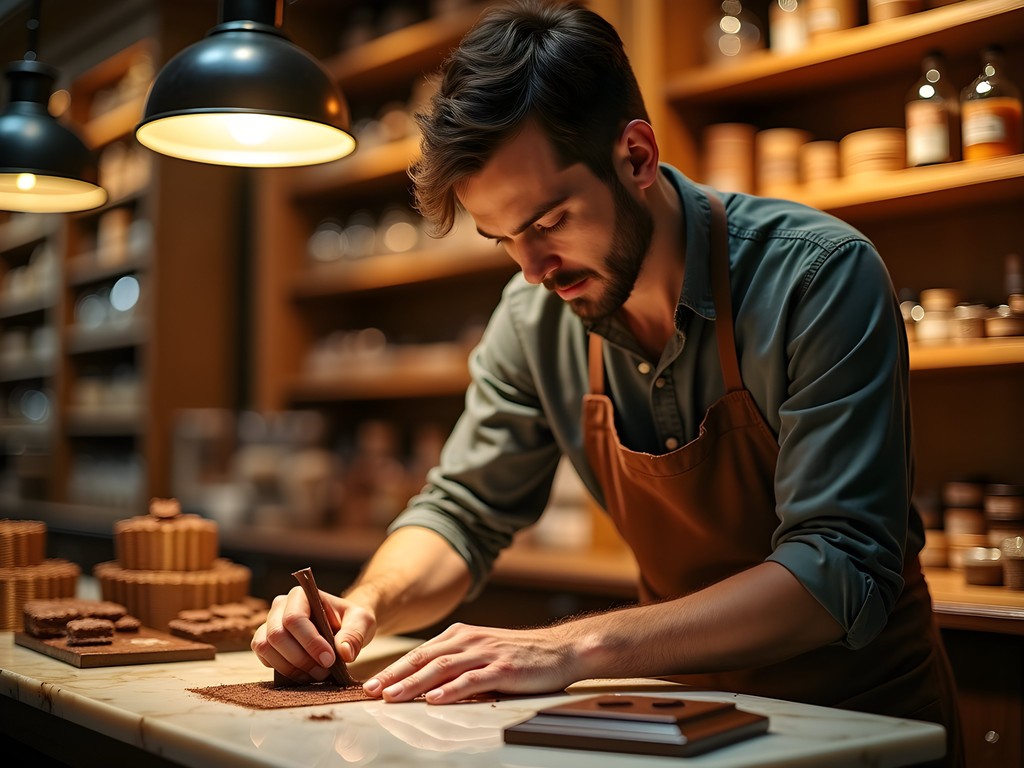
💡 Pro Tips
- Look for interactions between people and the historic environment
- Visit local markets early when vendors are setting up for the best candid opportunities
- Use doorways and windows as natural frames for environmental portraits
Final Thoughts
As I packed away my camera on my final evening in Bruges, watching the last light fade behind the Belfry tower, I realized this city had changed how I approach urban photography. Beyond the postcard-perfect canals and medieval architecture lies a living, breathing community whose story can be told through thoughtful images that capture both its historic grandeur and human warmth. Bruges rewards the patient photographer—one willing to revisit locations as light transforms throughout the day, to wait for fog to roll in across canals, to engage respectfully with local artisans and residents. Whether you're capturing the technical precision of Gothic architecture or the spontaneous joy of children chasing swans along Minnewater, this compact medieval city offers endless visual stories. Até a próxima aventura—until the next adventure—I hope this guide helps you create images that go beyond mere documentation to capture the soul of beautiful Bruges.
✨ Key Takeaways
- Visit key locations at different times to capture how light transforms the medieval architecture
- Look beyond the famous canals to find unique perspectives of less-photographed areas
- Incorporate the human element to tell a more complete story of Bruges
- Embrace challenging conditions like fog and rain for atmospheric images
📋 Practical Information
Best Time to Visit
Mid-October to early November for peak fall colors
Budget Estimate
€150-200 per day including mid-range accommodation, meals, and photography activities
Recommended Duration
3-4 days minimum to capture different lighting conditions
Difficulty Level
Moderate (Involves Early Mornings, Late Evenings, And Navigating Crowded Areas With Equipment)


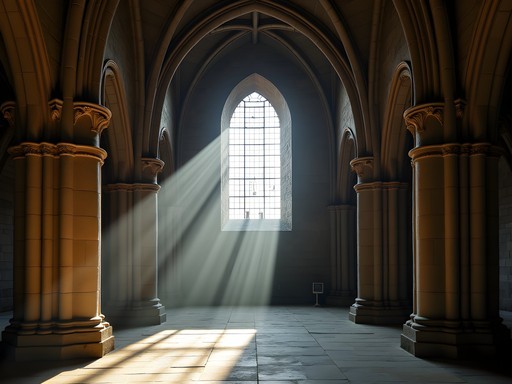
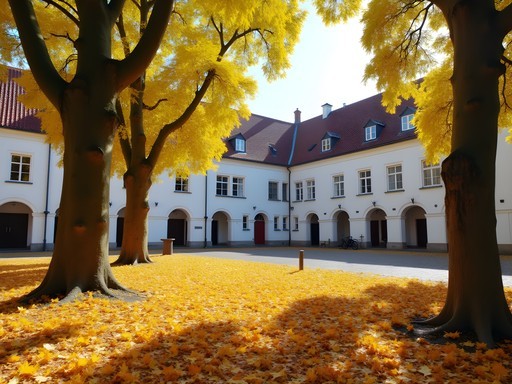
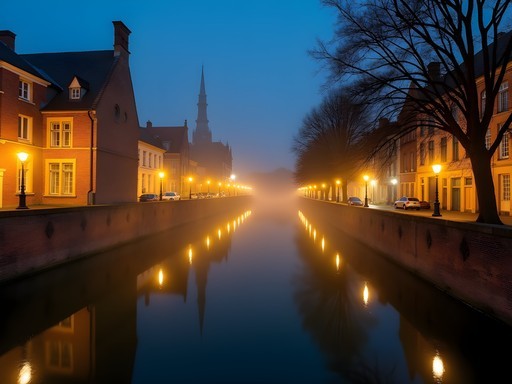
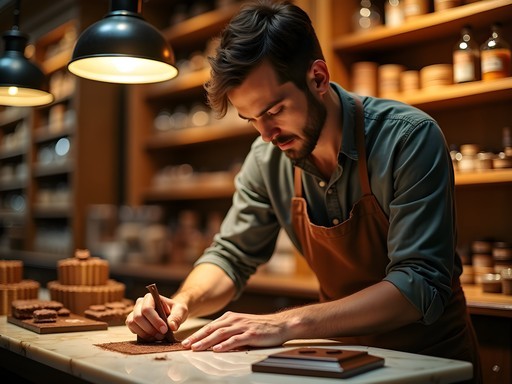


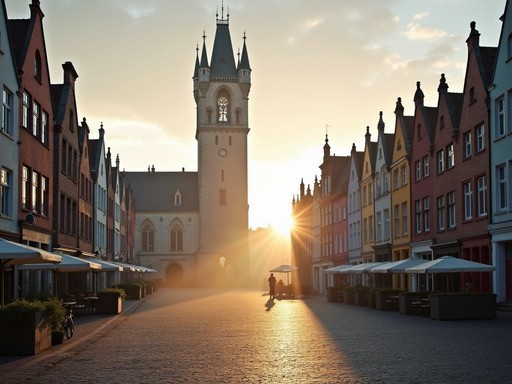






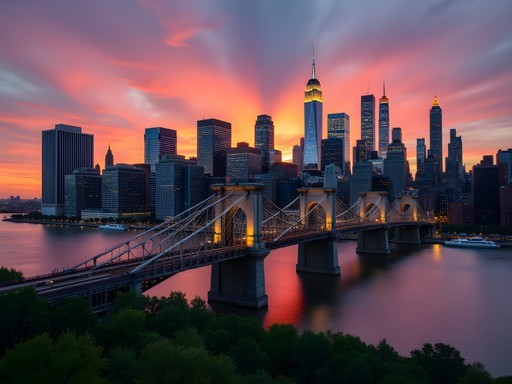
Comments
nomadmaster
Been photographing Bruges for years and still discovering new angles. Pro tip: the Bonifacius Bridge is gorgeous but always packed with tourists. Instead, try the small footbridge near Peerdenbrug for similar vibes with way fewer people. Also, winter visits after a light snow transform the city into something out of a fairytale - worth braving the cold if you're after unique shots that stand out from the typical Instagram feed.
islandrider9133
Winter in Bruges sounds magical! Do most attractions stay open during winter months?
nomadmaster
Yes! Almost everything stays open year-round, just with shorter hours during winter. The Christmas market in December is also incredibly photogenic!
sunnyguide
Just got back from Bruges last week and used your guide extensively, Marco! The tip about shooting from the Belfry in late afternoon was golden - the shadows across the market square made for some dramatic compositions. One thing I'd add for other photographers heading there: the Groeningemuseum has amazing lighting and they allow non-flash photography. Great for practicing indoor shooting techniques when the weather outside isn't cooperating. Can't wait to see where you go next!
dreamninja2099
What camera setup did you use for the night shots? They're incredible!
Marco Sharma
For the night shots I used my Sony A7III with the 24-70mm f/2.8 lens. A sturdy tripod is absolutely essential - I use the travel tripod which is compact enough to carry all day.
dreamninja2099
Thanks! Been looking for a good travel tripod that won't weigh me down.
Dylan Turner
Marco, excellent guide! I was in Bruges last spring and found the lighting conditions particularly challenging during midday. Your suggestion about shooting during golden hour is spot on. I'd add that the view from Rozenhoedkaai is magnificent but gets extremely crowded - I found arriving at 6:30am gave me about 30 minutes of peaceful shooting before the tour groups arrived. Did you get a chance to photograph the windmills on the eastern edge of town? They provide a completely different perspective of Bruges that many photographers miss.
Marco Sharma
Thanks Dylan! You're absolutely right about Rozenhoedkaai - the early morning timing is crucial. I did visit the windmills but on a particularly foggy day, which created some moody shots but not the clear views I was hoping for. Definitely a reason to return!
sunnyguide
@Dylan Turner - what time of year would you recommend for photography there? I'm flexible with my travel dates.
Dylan Turner
@sunnyguide Early October is magical - the autumn colors are starting but the tourist crowds have thinned considerably. Plus the light has that gorgeous golden quality all day.
islandrider9133
Those canal shots are absolutely stunning! Bruges is definitely on my bucket list now.
greendiver
Love these shots! I'm visiting Bruges next month and I'm a total photography newbie. Is it worth lugging my DSLR or will my phone camera do the job? Also, is autumn really the best time to visit like you mentioned? I'm worried about rain ruining photo opportunities.
travelblogger
Definitely bring your DSLR! Phone cameras are good but Bruges deserves your best gear. And don't worry about rain - those wet cobblestones create amazing reflections.
wildstar
The rain in Bruges makes for the best photos! Trust me.
travelblogger
Great guide! One spot you missed is the view from Koningin Astridpark early morning. Almost no tourists and amazing reflections in the small pond there. Been shooting Bruges for years and it never gets old!
Sophia Gomez
Marco, your photos brought back so many memories! I was in Bruges last year for a business conference and snuck away early one morning to photograph the mist rising off the canals. The light was magical, but I struggled with my exposure settings. What camera settings did you use for those low-light canal shots? I'm heading back this December and hoping to capture some of that winter atmosphere you mentioned. Also wondering if the Christmas market will make night photography more challenging with all the extra lights and crowds?
travelblogger
Not Marco, but I've shot the Christmas markets there. They're actually amazing for photography! The lights reflect off the canals beautifully. Just bring a tripod for sure.
Sophia Gomez
Thanks for the tip! I've got my travel tripod ready to go. Did you find any particular spots that worked best for night shots?
wildstar
Those canal shots are absolutely stunning! Makes me want to book a flight right now.
Sophia Gomez
Same here! I've been to Bruges twice but never managed to capture it like Marco has. Those golden hour reflections are something else.
Frank Garcia
Brilliant guide, Marco! I was in Bruges last spring and completely agree about the Minnewater Park shots - they're stunning at sunrise when there are fewer tourists. One tip I'd add is to climb the Belfry early in the morning (be first in line!) to get cityscape shots without the crowds. The morning light creates amazing texture on those medieval rooftops. For anyone heading there, I found my wide angle lens essential for the narrow streets and canal shots. The architecture really demands that wide perspective to capture the full atmosphere. Did you face any challenges with the changing light when shooting the canals? I found the contrast between shadows and highlights quite tricky to manage.
Marco Sharma
Great tip about being first in line for the Belfry, Frank! And yes, the canal lighting was challenging - I used bracketing for most of those shots and blended exposures in post. The contrast between the dark water and bright buildings definitely pushes the dynamic range.
backpackqueen
Thanks for the lens recommendation, Frank! Just starting to get into photography and wondering if it's worth investing in better gear before my trip.
Frank Garcia
@backpackqueen Whatever camera you have will work! Bruges is so photogenic that even phone cameras capture it beautifully. Just focus on composition and timing rather than gear.
Venture X
Premium card with 2X miles, $300 travel credit, Priority Pass